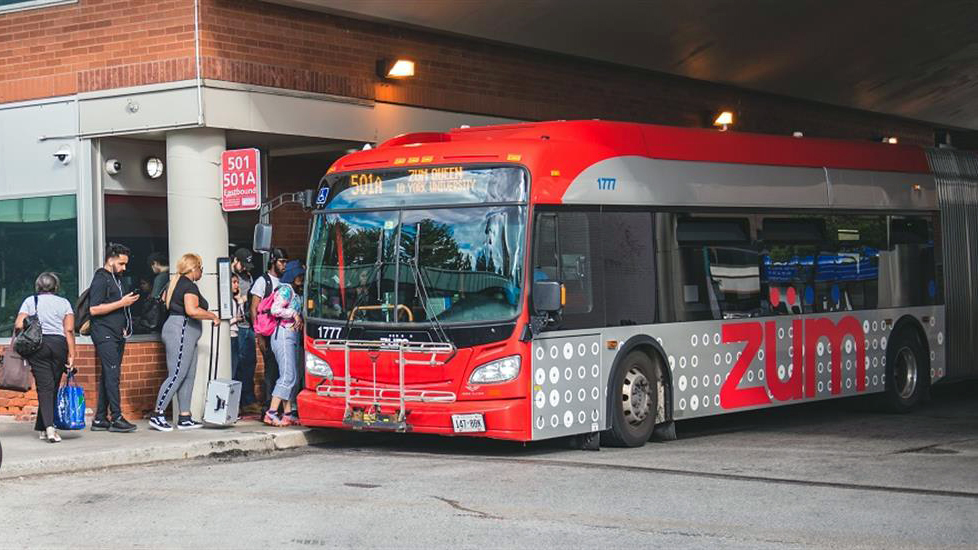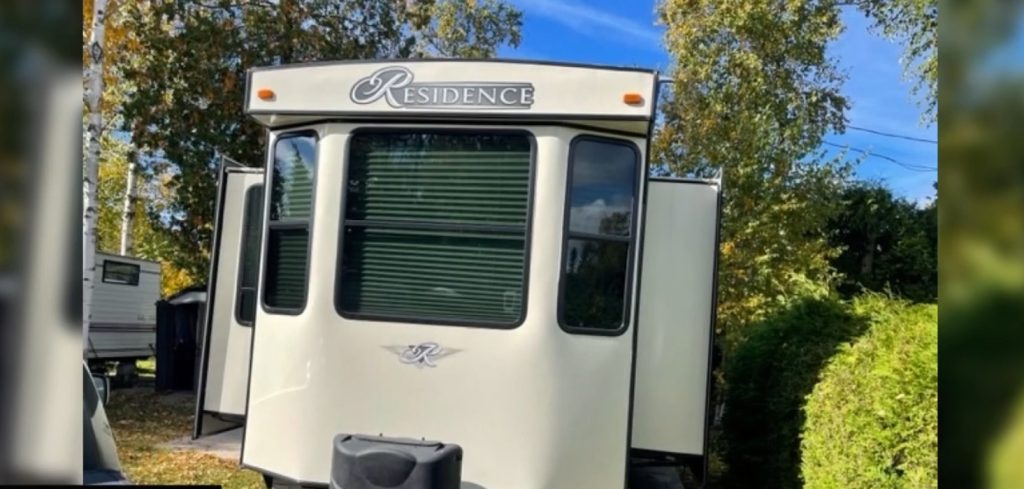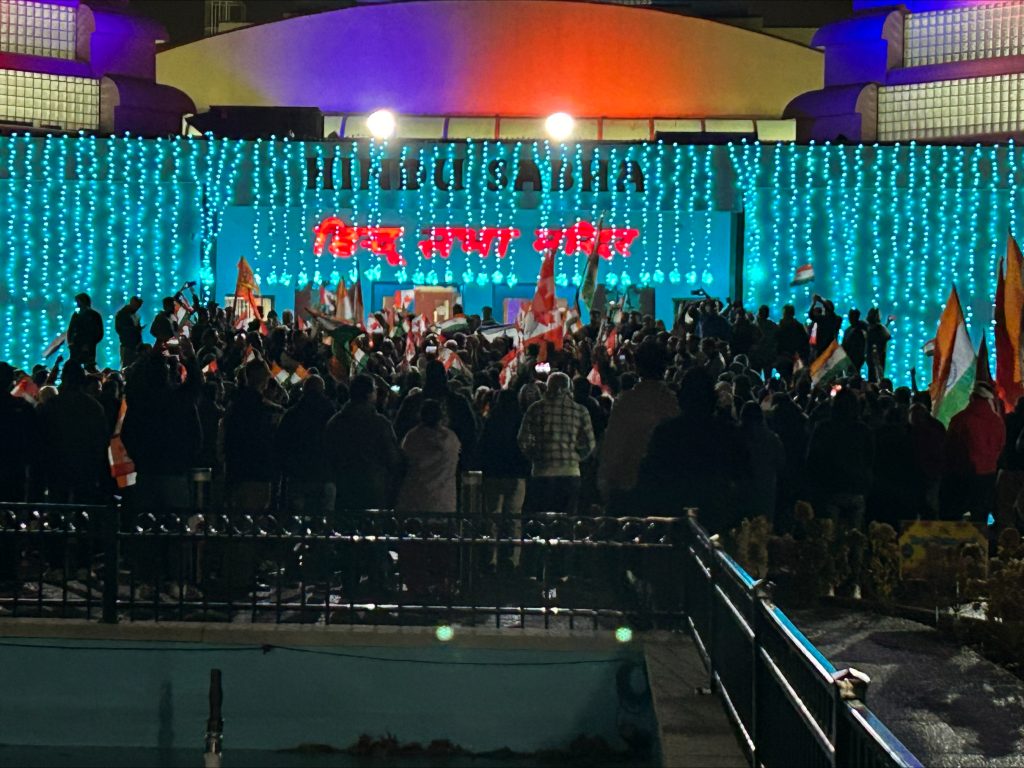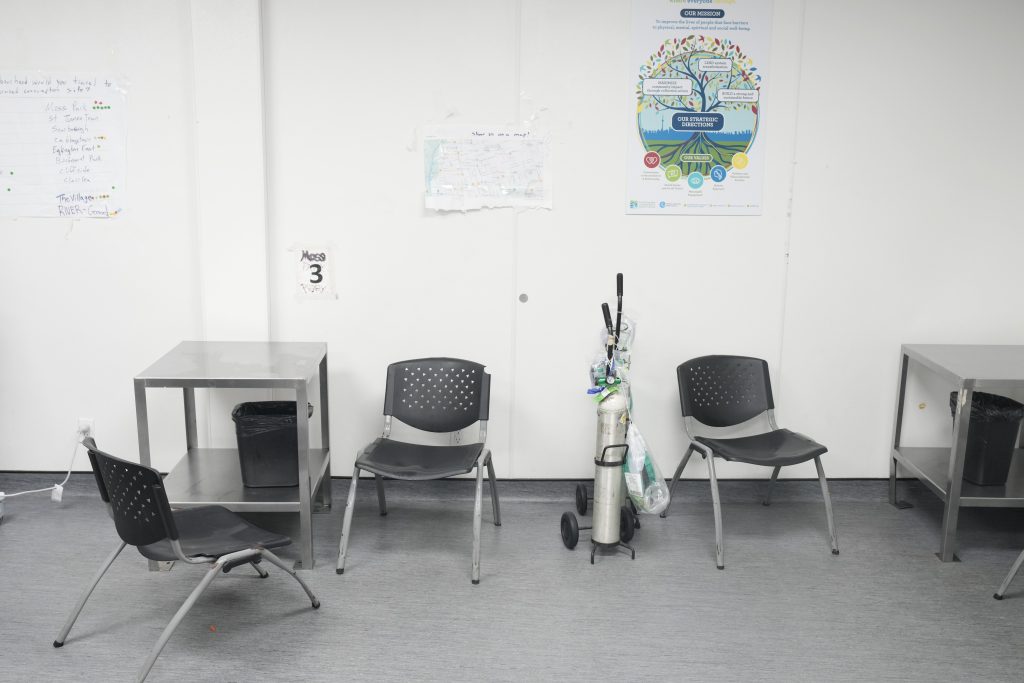Original architect of the Ontario Greenbelt shares the impact of development
Posted April 25, 2023 11:45 am.
Last Updated April 26, 2023 12:51 pm.
Allegations over Doug Ford’s ties to Greenbelt developers have dominated much of the last few months at Queens Park, but what is often forgotten in the conversation is the actual Greenbelt land that will be lost.
About 5,000 acres of land in Pickering that is part of the Greenbelt is expected to be paved over for housing. The planner who designed the original Greenbelt map tells CityNews that the area is prime farmland.
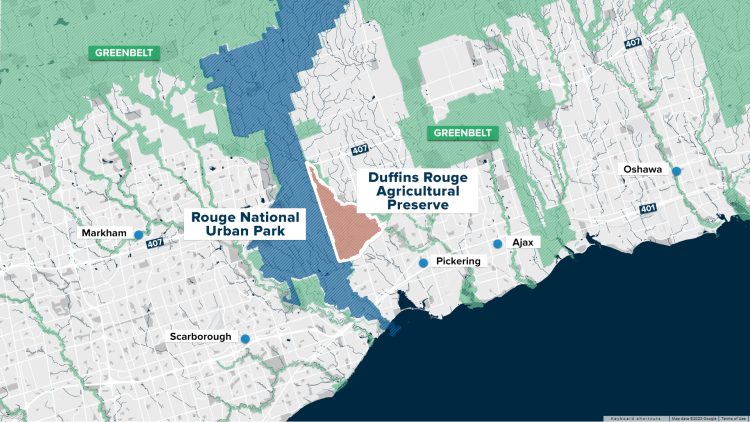
Duffins Rouge Agricultural Preserve area that will be removed from the Greenbelt for development. CITYNEWS
“I’ve been out here my whole life; I know the land like the back of my hand,” says Victor Doyle, a former Ontario planner. Under former Premier Dalton McGuinty, he was chosen to decide what land should be set aside to protect the environment from urban sprawl.
He said the removal of this land is “death by a thousand cuts.”
“This is some of the best farmland in all of Canada in terms of soil and climactic conditions for growing,” Doyle explained. “If we continue to remove five or seven thousand acres at a time, it’s going to impact the Greenbelt.”
Ontario’s Greenbelt is the largest in the world, two-million acres running through the Golden Horseshoe. It was created almost 20 years ago by McGuinty’s Liberal government.
Premier Doug Ford has said whatever his government takes away from the Greenbelt will be added in other places.
“There are certain areas that should be Greenbelt that we’re always going to preserve,” said Ford.
These 5,000 acres in Pickering represent just one-quarter of a per cent of the entire Greenbelt, but Doyle insists this is exactly the area that should be preserved.
“This is the absolute last place you would want to take land from the Greenbelt,” shared Doyle, who explained that farming is only part of what the land offers. He said it is also instrumental in supporting and protecting the adjacent Rouge National Park.
Doyle predicts putting housing here will also contaminate the watershed that flows into Lake Ontario and harm local wildlife; a fragile eco-system that is all connected.
“We have more land than we know what to do with in Ontario, it’s a massive, massive region,” said Ford in defending the decision.
Green Party leader Mike Schreiner disagreed. “Yes, we have a ton of land in Ontario, no doubt about it. But five per cent of Ontario’s land mass is suitable for growing food.”
Ontario’s integrity commissioner is currently investigating whether developers were tipped off before the government opened parts of the Greenbelt for housing, while the OPP is still reviewing if it will launch an investigation.
“He said ‘Folks, I’m not going to carve up the Greenbelt.’ What did he do after the election? He carved up the greenbelt and gave it to his friends,” said Liberal leader John Fraser last week.
Ford has flip flopped on the Greenbelt. Shortly before the election in 2018, the Liberals released a video where he was seen declaring he would open up a chunk of the Greenbelt for land development. After public outrage he quickly promised he would not touch it.
But after winning his second majority in 2022, Ford changed course again, saying “At the end of the day, we need more homes.”
The Ford government is also planning on building Highway 413 cutting through farmland. It’s a 60-kilometre path is through the Greenbelt and conservation land.
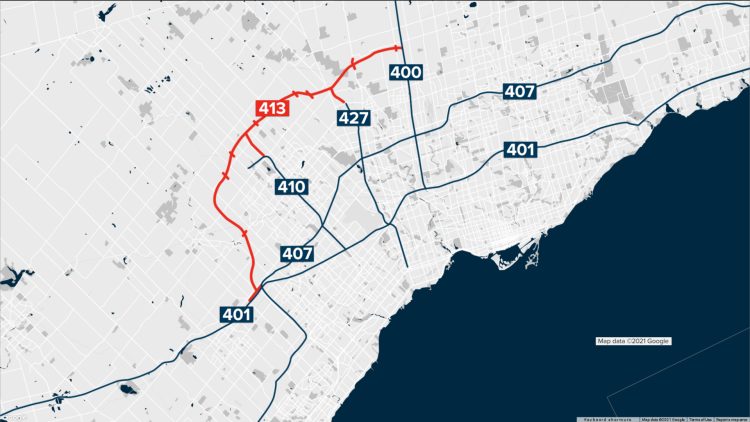
Highway 413 in Ontario that will cut through part of the Greenbelt. CITYNEWS
Yet two recent studies, both disputed by the government, conclude the premier can reach, even exceed his goal of building of 1.5 million homes by 2031 without touching the Greenbelt.
“Their own handpicked housing affordability task force … clearly stated we do not need to open the Greenbelt for development,” noted Schreiner.
The government has set a deadline for developers. Housing approvals have to be in progress by the end of this year and shovels in the ground by 2025 or the land goes back to the province. The province is also planning on building Highway 413 cutting through farmland. Its 60-kilometre path is through the Greenbelt and conservation land.
As Ford has noted, his government has added to the Greenbelt, in a land swap to make up for the planned development. However, Doyle says much of it is in river valleys that were already protected.
“This landscape is small, finite and fragile,” Doyle added. “Urbanization is really the biggest threat; we need to think hundreds of years into the future and manage this landscape better. That was what Greenbelt was all about.”
With files from Meredith Bond and Jessica Bruno
